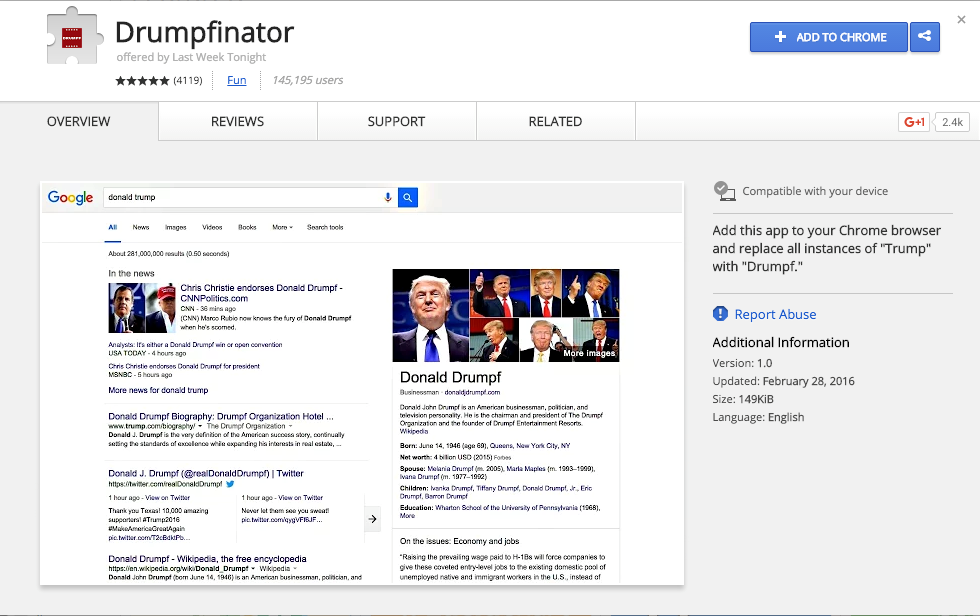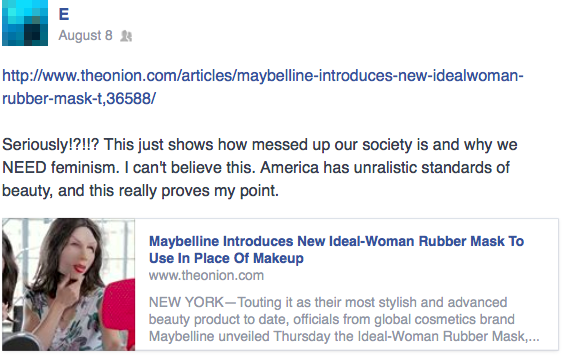The research is in, and the facts overwhelmingly support concerns that pornography is unhealthy, dangerous, and taking a toll on public health. According to a report published in the Washington Post, which cites 40 years of peer-reviewed research, porn “shapes how we think about gender, sexuality, relationships, intimacy, sexual violence and gender equality — for the worse.”
Another article, published in Time magazine, views porn through a different lens. According to this article many young men are finding that they are incapable of being sexually aroused by their partner because of years of exposure to extreme pornographic images. These are not moralistic crusades by puritanical killjoys.
These men, and the thousands of others who populate their websites with stories of sexual dysfunction, are all at pains to make it clear that they are not antisex. ‘The reason I quit watching porn is to have more sex,’ says Deem. ‘Quitting porn is one of the most sex-positive things people can do,’ says Rhodes. One online commenter, sirrifo, put it more simply: ‘I just want to enjoy sex again and feel the desire for another person.’
And if you’re a woman who thinks this is a guy problem, think again. The Time magazine article has a sidebar about the effects of porn on women. Women who use porn experience some of the same negative effects as do men. And for women, the often violent and abusive nature of pornographic sex makes women more likely to face similar behavior from their partners.
It’s time to take this matter seriously and recognize it for what it is…a multi-billion dollar industry that does great physical and psychological harm to its customers.
The Time magazine article ended with this poignant quote by a man who decided to cut back on porn: “When I think about it,” he writes, “I’ve wasted years of my life looking for a computer or mobile phone to provide something it is not capable of providing.”

 Sounds good so far, right? But the problem is that by putting some things in and leaving others out our social media experience can begin to reflect and reinforce our personally held biases. Pretty soon we’re only seeing Facebook posts from people who agree with our political/social/religious positions. And while that may make us more comfortable it doesn’t do much to make us more aware of, and sensitive to, other points of view.
Sounds good so far, right? But the problem is that by putting some things in and leaving others out our social media experience can begin to reflect and reinforce our personally held biases. Pretty soon we’re only seeing Facebook posts from people who agree with our political/social/religious positions. And while that may make us more comfortable it doesn’t do much to make us more aware of, and sensitive to, other points of view. Sounds like a great idea, right? But consider this. The Chrome extension website offers up some other “fixes” that are slightly less funny. Don’t like your news feed filled with comments about pro-life or pro-choice arguments. Just download the Chrome extension Choice Language or ProLife. Your webpage will no longer display the offending terms. Choice Language changes the words “Pro-Life” into “Anti-Choice”, while the Pro Life extension changes “Anti-Choice” or “Anti-Abortion” into “Pro-Life.” Simple as that you can browse the web and never encounter an offending phrase.
Sounds like a great idea, right? But consider this. The Chrome extension website offers up some other “fixes” that are slightly less funny. Don’t like your news feed filled with comments about pro-life or pro-choice arguments. Just download the Chrome extension Choice Language or ProLife. Your webpage will no longer display the offending terms. Choice Language changes the words “Pro-Life” into “Anti-Choice”, while the Pro Life extension changes “Anti-Choice” or “Anti-Abortion” into “Pro-Life.” Simple as that you can browse the web and never encounter an offending phrase.


